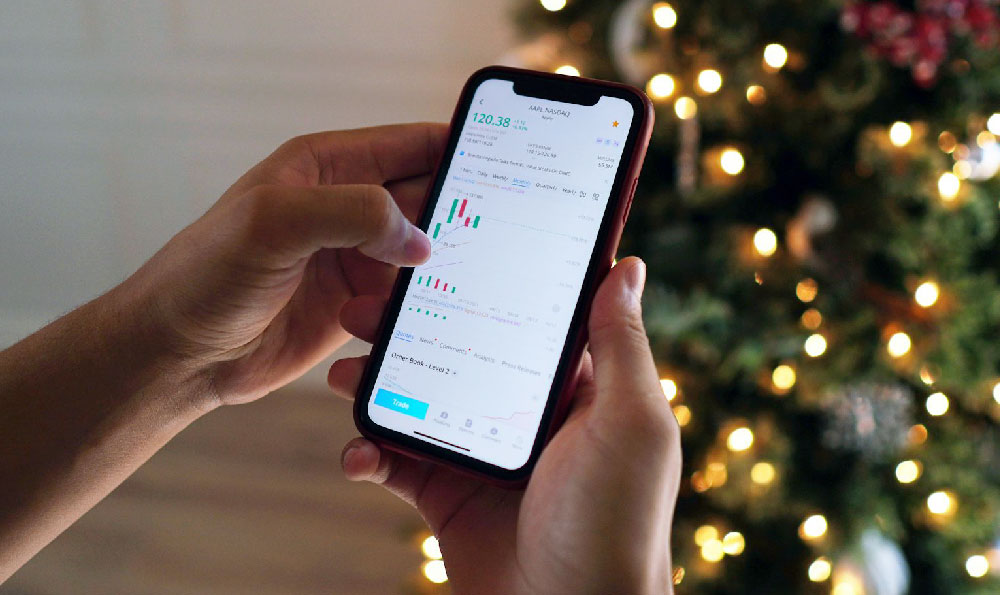
PrizePicks, a daily fantasy sports (DFS) platform gaining significant traction, operates on a business model that hinges on the inherent variance and predictability of sports performance. Understanding how they generate revenue and whether they achieve profitability requires a closer look at their operational mechanics, user base, and cost structure.
The primary revenue stream for PrizePicks comes from the entry fees paid by users to participate in their contests. Unlike traditional sports betting where odds fluctuate based on public sentiment and bookmaker risk management, PrizePicks employs a fixed payout structure. Users select "more" or "less" on the projected statistical performance of two or more athletes in a given game. The potential payout is pre-determined based on the number of correct predictions, with higher potential payouts for selecting more athletes. For example, correctly predicting the performance of two athletes might yield a 3x payout, while correctly predicting five could yield a 10x or even 25x payout.
This fixed payout structure is crucial to PrizePicks' revenue generation. The company sets the payouts in such a way that, on average, they retain a percentage of the total entry fees, often referred to as the "vig" or "juice," which is the house edge in gambling terms. This vig is not explicit in the traditional betting sense, but rather embedded within the payout structure. For instance, if the true probability of an athlete going "more" or "less" on a given statistical projection is 50/50, a truly fair payout for correctly predicting two out of two would be 4x the entry fee. PrizePicks, however, might offer a 3x payout, effectively capturing a portion of the potential winnings.

The volume of entries is therefore paramount to PrizePicks' revenue. The more contests users enter, the more revenue the platform generates through this embedded vig. Their marketing strategy heavily focuses on attracting new users and encouraging repeat play, often through promotions, bonuses, and referral programs. These initiatives, while costly, are designed to increase overall entry volume and, consequently, revenue.
Another significant factor influencing revenue is the "correlation" between athlete performances. PrizePicks is careful to curate their selections to minimize correlations. For example, selecting both a quarterback to throw for "more" yards and his receiver to catch "more" yards in the same game creates a strong positive correlation. If one hits, the likelihood of the other hitting also increases. PrizePicks attempts to mitigate this by offering props that are relatively independent of each other, or by adjusting projections to account for known correlations. Managing these correlations is vital to maintain profitability by preventing situations where large numbers of users correctly predict correlated outcomes.
Beyond entry fees, PrizePicks might also explore secondary revenue streams, although these are likely less substantial. These could include data licensing, advertising partnerships, or potentially, in the future, offering premium features or subscription services. Data licensing could involve selling aggregated user data and performance analytics to sports media companies or teams (while maintaining user privacy, of course). Advertising partnerships could involve displaying targeted ads to users within the platform or partnering with other companies for cross-promotional campaigns.
The question of profitability, however, is more complex. While revenue generation is relatively straightforward, understanding the cost structure of PrizePicks is essential. Key cost drivers include:
-
Marketing and Advertising: Acquiring and retaining users is a significant expense. PrizePicks invests heavily in marketing campaigns, affiliate programs, and promotional offers to attract new users and encourage existing users to play more frequently. This cost can fluctuate depending on the competitive landscape and the effectiveness of their marketing strategies.
-
Technology and Platform Development: Maintaining and improving the platform requires ongoing investment in technology, including website and app development, server infrastructure, and data security. The platform needs to be reliable, user-friendly, and scalable to accommodate a growing user base.
-
Data Acquisition and Analysis: Accurately projecting athlete performance and managing correlations requires access to reliable data sources and sophisticated analytical tools. PrizePicks likely spends a significant amount on data subscriptions and developing its proprietary algorithms.
-
Compliance and Legal: Operating a DFS platform requires navigating a complex regulatory landscape, including licensing fees, compliance costs, and legal expenses. The regulations vary from state to state, adding to the complexity and cost.
-
Personnel Costs: Employing a team of data scientists, engineers, marketing professionals, customer support staff, and legal counsel represents a substantial ongoing expense.
Given these significant costs, achieving profitability depends on maintaining a healthy balance between revenue generation and cost management. The long-term profitability of PrizePicks hinges on their ability to scale their user base efficiently, optimize their marketing spend, and effectively manage their operational costs.
The DFS landscape is also evolving rapidly, with increased competition from established players and new entrants. This competition puts pressure on pricing and marketing expenses, potentially impacting profit margins. Regulatory changes also pose a threat, as increased regulation could increase compliance costs or even restrict operations in certain states.
In conclusion, PrizePicks generates revenue primarily through entry fees, leveraging a fixed payout structure with an embedded vig. Their profitability, however, is not guaranteed. It relies on a complex interplay of factors, including user acquisition costs, operational efficiency, regulatory compliance, and the competitive landscape. While the potential for significant revenue growth exists, achieving sustainable profitability requires careful management and continuous adaptation to the evolving market dynamics. Whether PrizePicks is currently profitable is difficult to ascertain without access to their financial statements, but their long-term success will depend on their ability to effectively manage their revenue and cost streams within a challenging and competitive environment.





